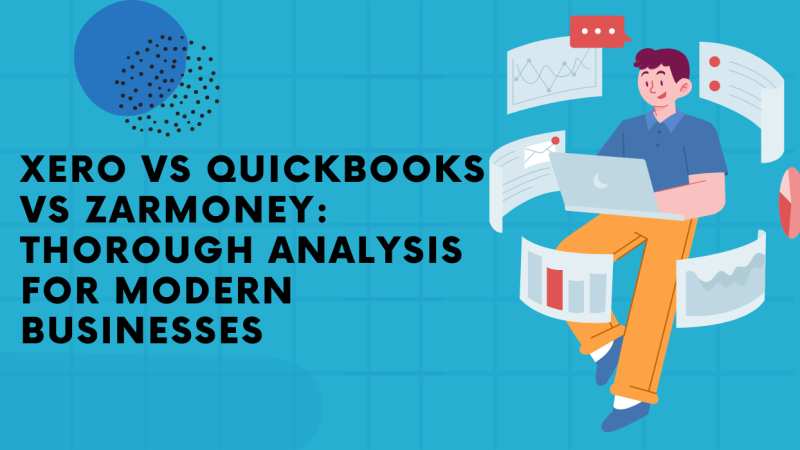Why Should you Consider OT Vulnerability Management for your Industry?

Every business is at risk of security breaches and attacks. These attacks can cause serious problems, including delayed production, damaged equipment, financial loss, and loss of data. All these things can happen regardless of the industry or the type of business you are in. Many kinds of cyberattacks, such as Denial of Service attacks and DDoS attacks, can affect your industry.
The industrial sector is one of the most crucial sectors of the overall economy. There are many ways cyberattacks on industrial systems can threaten the economy. Many industrial organizations do not consider OT vulnerability management until it is too late.
Operational technology (OT) involves computer systems used by industrial equipment. The term “computerized systems” is sometimes used interchangeably with “operational technology,” but they are slightly different.
A large part of this industry is vulnerable and worth the hack. With the completion of Stuxnet, the world has seen the true potential of cyber weapons. OT vulnerability management should be considered part of the overall cyber security strategy to protect the systems from getting hacked.
This blog will examine why industrial organizations need to consider OT vulnerability management.
OT Vulnerability Management for Your Industry
Vulnerability management is important for any business that handles sensitive information. An unprotected business with an underlying vulnerability could lead to loss of revenue, depletion of customer trust, or even loss of life in some cases.
However, vulnerability management can be simple and straightforward with the right tools and processes. A good vulnerability management system will be flexible, easy to use, and will make sure to protect the business against threats that may arise.
OT vulnerability management systems continuously review security threats to OT systems. It is a proactive approach to minimizing the likelihood of new vulnerabilities and decreasing the impact of those that may exist.
OT vulnerability management looks at existing systems and hardware. It looks for the likelihood of a vulnerability and the potential impact that could render the hardware inaccessible in an outage scenario. OT vulnerability management is crucial for ensuring that systems are secure and business-critical data is protected.
-
Identification of Vulnerability in the System
Experts recommend regularly checking for vulnerabilities related to your industry. Doing so will lead to regular updates, which is a great way to stay connected with your industry. Vulnerability management can be used to identify vulnerabilities in your organization, especially those that may lead to security incidents such as data breaches, theft, and cyber-attacks.
With these vulnerabilities eliminated, you can have a more secure environment for your clients and employees. And with that security comes more trust for your industry and the potential for more revenue and stable growth.
However, you can also use online services and software for managing and protecting your industry’s system and data. This software tends to address issues such as social engineering and phishing attacks. They can help to reduce the risk of a data breach. Some common tools used in vulnerability management include vulnerability scanning, logging, monitoring, hardening, and configuration management.
-
Verification
The next step is verifying the vulnerabilities to ensure that they are real and can be exploited. When other problems become more serious, you don’t want to waste time investigating a false positive that has no bearing on your situation.
On the same note, you’ll want to ensure that each vulnerability’s severity level is correctly assessed so that you or your team don’t waste time working on low-risk issues. Because there may be more concerning threats out there. It is important as an organization to know where your weaknesses lie regarding your digital security architecture.
You can use penetration testing tools and perform vulnerability validation alongside these tools. These techniques will help you find true vulnerabilities quickly and easily while weeding out false positives. The penetration testing will help you find whether the identified vulnerable points can be exploited on servers, applications, networks, or other systems.

-
Mitigation
On the other hand, mitigating vulnerabilities refer to adopting measures that can lessen the impact or size of security breaches. By taking your systems offline in case of a breach, a hacker may find it hard, if not impossible, to inflict further damage upon your company’s database. Quarantining an attack cuts off their access, limiting the scope for damage.
Mitigation is important when fixes or patches are not yet available for identified vulnerabilities. It can often help get things to get back on track until you mitigate your security issues properly. We know how important prevention is because fixing problems is much easier once they don’t exist.

Remediating vulnerabilities is an important but sometimes overlooked part of an organization’s security posture. To ensure that you’re doing everything possible to protect the information stored on your systems, you must address the most common vulnerabilities. You should ensure that your software stays updated, strong passwords are used, and file permissions are restrictive enough.
Many software patches are created to fix the loopholes. Patches are also called security updates or software updates. All of the patches are not created equally. Only those patches created after a period of research take care of the vulnerabilities in the industry properly.
By allowing you to monitor your organization’s IT assets securely, you can identify and mitigate possible vulnerabilities more efficiently. OT Vulnerability Management helps you efficiently manage your IT assets and ensures that your businesses keep running.
Final Thoughts
Vulnerability management is vital to protecting your business or organization against cyber threats. A strong vulnerability management strategy can identify and mitigate weaknesses that may potentially put your organization’s data and reputation at risk.
Vulnerability management determines the likelihood of an attacker targeting the systems in your organization, assesses the impact, and verifies and mitigates the risk of such attacks.
Monitoring your industry’s digital assets helps you to spot and fix potential problems with better efficiency and speed. It enables you to effectively manage your IT resources and guarantees continuity of operation.
Using the right security tools, you can identify, track, and remediate any vulnerabilities or threats in your business. These tools can help you access the data and information needed to settle security issues. Vulnerability management can be difficult, but with the right tools, it’s not as bad as it seems.






